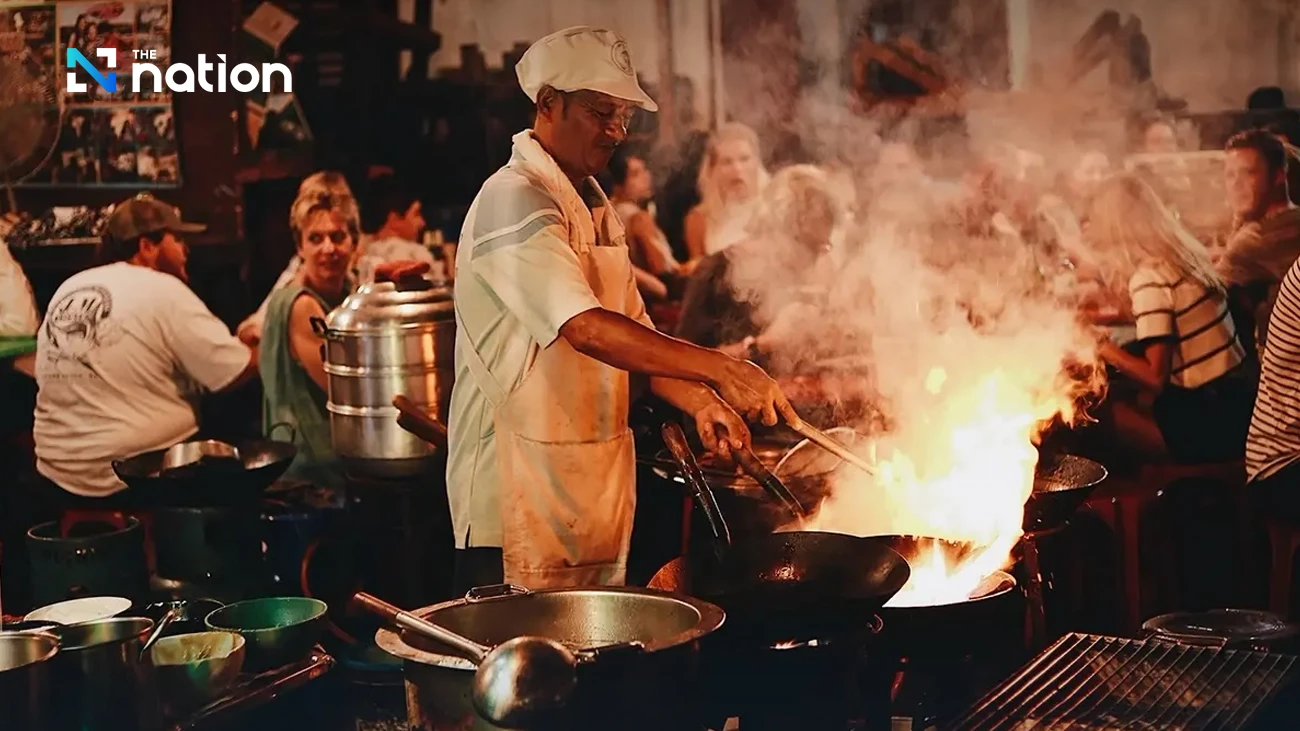
This aligns with previous comments by food entrepreneur Thanapong “Tor Penguin” Wongchinsri, who noted raw material costs now reach 35%, with rent at 20%, labor at 15–20%, and delivery platform fees up to 30%, leaving restaurants in the red before even opening their doors.
Raising prices is not viable. Consumers can no longer justify 150-baht coffee or 100-baht rice dishes. With thinner margins and falling purchasing power, the risk of failure looms large for both small vendors and big brands.
Traffic in malls has also dropped sharply. Most consumer activity now occurs only on weekends or holidays. Thanapong predicts that large chains will soon expand beyond malls, intensifying competition in areas previously dominated by small businesses.
“Many small restaurants — like small fish facing a sea full of whales — will be crushed. And that’s before facing the coming wave of massive Chinese food chains, which are expected to enter Thailand at tsunami scale in 2025,” Thanapong added.

The hope that tourism might save the industry is fading. Chinese arrivals have dwindled to near-zero. While Russian and Middle Eastern tourists are still visiting, their spending is down too. Foreign tourists no longer spend like they used to.
In response, giants like Minor Food Group (operator of The Pizza Company, Swensen’s, Dairy Queen, Sizzler, Burger King, etc.) have also adapted. Despite steady same-store growth and rising foot traffic, Chief Business Development Officer Anupon Nitiyanant admits the F&B market is fiercely competitive. New foreign brands and popular street food outlets are pulling customers out of malls.
Minor Food is focusing on customer volume growth over high individual spend, launching more accessible brands such as “The Steak & More” — a value steakhouse positioned to complement rather than compete with Sizzler. The focus is on mass volume and repeat visits, aiming for long-term brand sustainability.
“It’s not about raising the average bill anymore. The future of restaurant branding lies in increasing traffic — attracting more diners who come, share their experience, and return. That’s how sustainable growth is built,” said Anupon.
Ultimately, success won’t be determined by size alone. Restaurant operators must adapt constantly. With costs fixed and price increases limited by weak demand, the challenge lies in adding value. Restaurants need to innovate, specialize, and transform their offerings before being forced out of the market — especially in an economy with Southeast Asia’s lowest GDP growth and little stimulus in sight.
